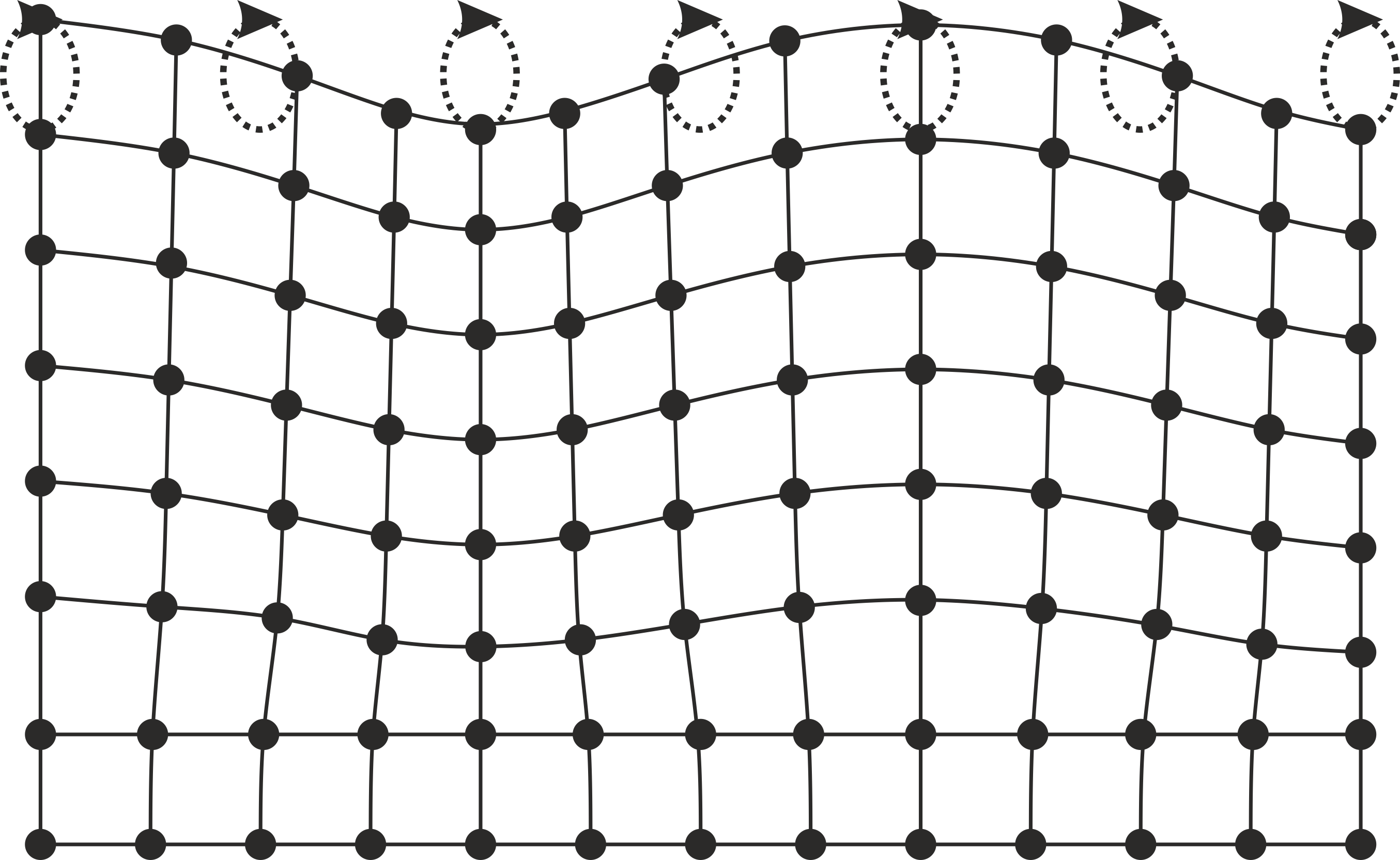Surface acoustic waves
Surface acoustic waves (SAWs) are a fascinating phenomenon in the field of acoustics and solid-state physics. They are mechanical waves that propagate along the surface of a solid material, such as a crystal or a piezoelectric substrate, at high frequencies in the gigahertz range. SAWs are created by applying an alternating voltage to a transducer, which generates acoustic waves that travel along the surface of the material.
The study of SAWs is important for a variety of applications, including sensing, communication, and signal processing. SAW devices are used in a wide range of electronic devices, such as mobile phones, RFID tags, and sensors for detecting pressure, temperature, gas composition, and magnetic fields.
Researchers have made significant progress in understanding the physics of SAWs and developing new methods for controlling and manipulating them. Advances in materials science and engineering have also led to the development of new SAW devices with improved performance and functionality.
Despite the significant progress made in SAW research, there is still much to be discovered and explored. Researchers continue to investigate the fundamental properties of SAWs and develop new techniques for their control and manipulation. This ongoing research has the potential to lead to new technologies and applications in areas such as sensing, communication, and RF-signal processing.

